If all you know about Arkansas is that Bill Clinton has roots there, you are probably not alone. But Arkansas has a long and rich history as a tourist destination, luring visitors with verdant forests, hot and cold springs and stunning landscapes that stretch from the Ozark Mountains to the Delta Plains. Arkansas also surprises with a lively commitment to arts and culture.
On a road trip from Little Rock in the centre of the state northwest to Fayetteville in the Ozark Mountains bordering Oklahoma, The Natural State reveals its many faces, from historic identity linked to the Western Frontier, the Ozark Pioneers, the Civil Rights Movement and the Clinton Presidency, to a present focused on sustainable tourism, outdoor recreation, and urban development showcasing cutting edge architecture and impressive cultural venues.
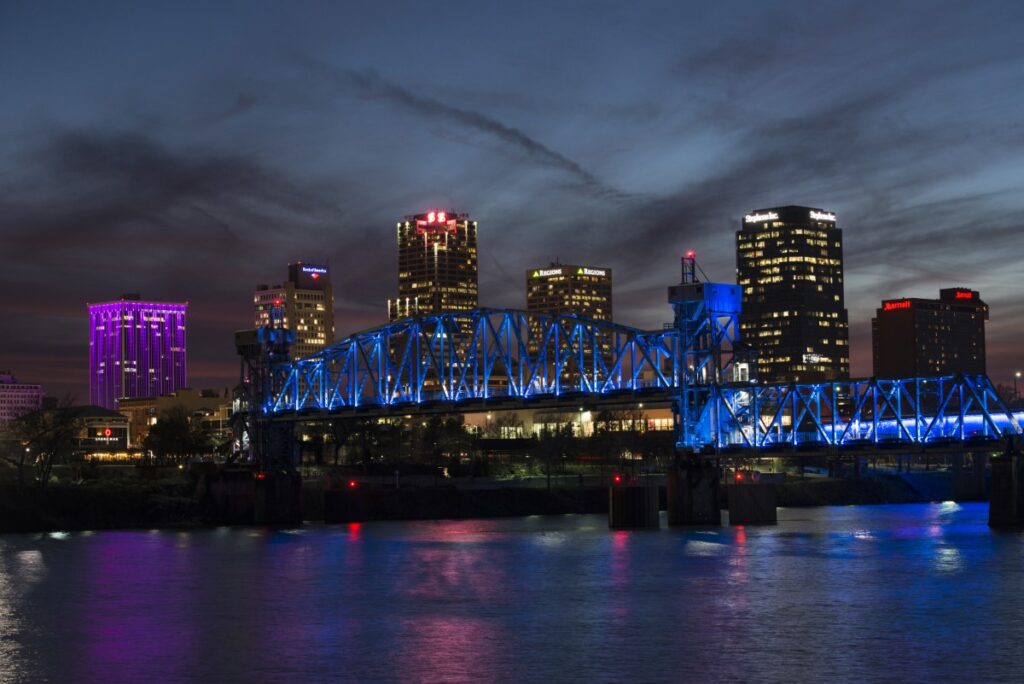
The state capital, Little Rock, is a city in transition, with enormous investment in the arts and some spectacular architectural projects that signpost the city’s aspirations to become a world-class cultural destination, while empty blocks and shuttered buildings in some areas await gentrification. Tying all together is the Arkansas River, a wide expanse of water cutting through the rocky gorge that gave the city its name. On its south bank stands the iconic Capital Hotel, Little Rock’s “front porch”, which oozes Southern elegance and old-world charm.
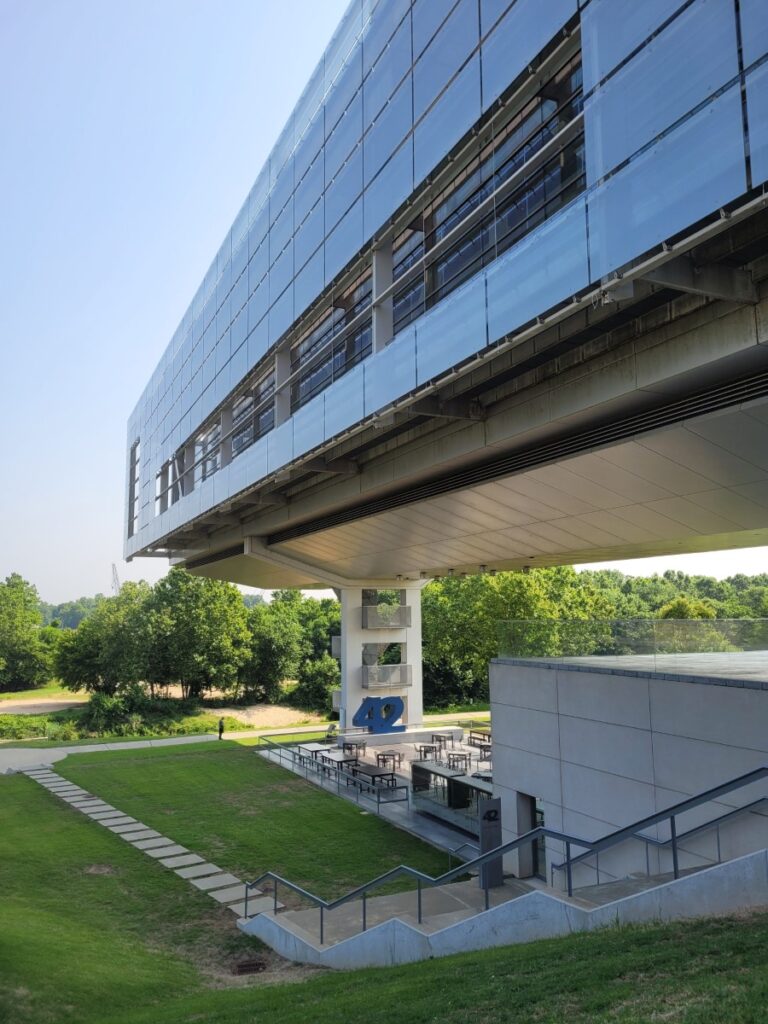
Seven bridges, vintage to modern, cross the Arkansas River in Little Rock — a visual representation of the city’s journey from past to present. The same symbolism inspired the architectural design of The William J. Clinton Presidential Library and Museum. Its elegant concrete form projects like a ramp over the river, embodying Clinton’s vision of a bridge to the future. The Museum recounts the social, political and international impacts of his two terms in office, while the Library holds over 80 million pages of documents from the last paper-based US Presidency. The onsite restaurant 42 Bar and Table is one of the city’s finest, with a commanding view of the old iron rail bridge, now a pedestrian walkway.
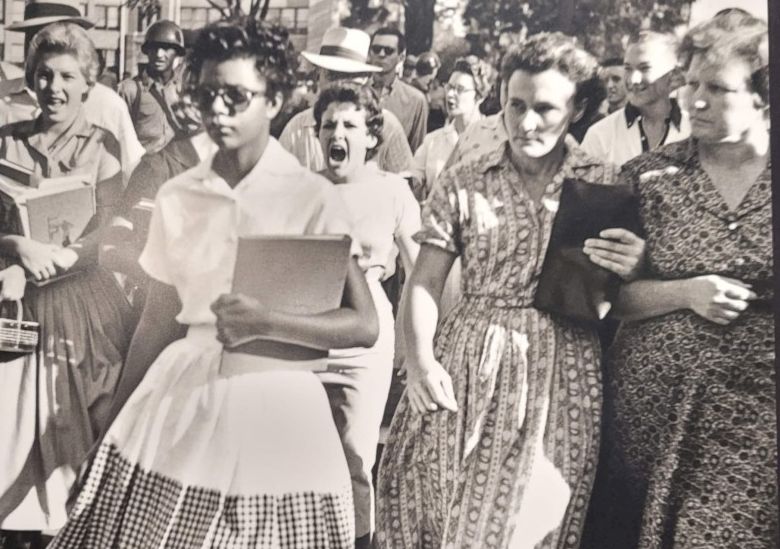
Little Rock came to world attention in 1957, when nine black students were prevented from entering Little Rock Central High School — where they were legally enrolled — by a mob of racist citizens, backed by their state governor. The standoff resulted in President Eisenhower sending in the National Guard. The story is brought to life at the Little Rock Central High School National Historic Site, where a guided tour retraces the steps taken by 15-year-old student Elizabeth Eckford as she walked a gauntlet of angry white Southerners cursing and spitting. The event was a key moment in the Civil Rights Movement and, according to local legend, inspiration of the Beatles song “Blackbird.”
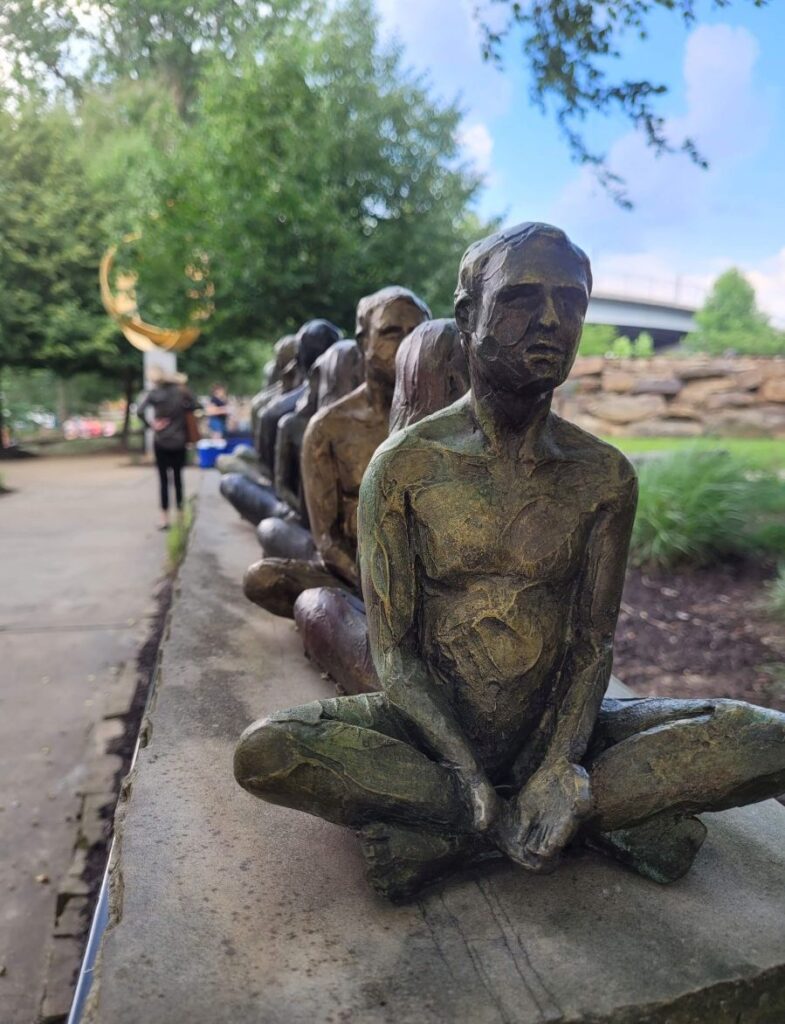
In contrast, a walk through the charming Vogel Schwartz Sculpture Garden on the banks of the Arkansas River lifts the spirit with its whimsical collection of over 90 bronze sculptures set in landscaped “rooms.” So too does the spanking new Arkansas Museum of Fine Arts, in a lovey setting overlooking the green expanse of MacArthur Park. A quirkier option is the ESSE Purse Museum in the artsy SOMA (South of Main) district, which traces feminine history through a collection of handbags and their contents.
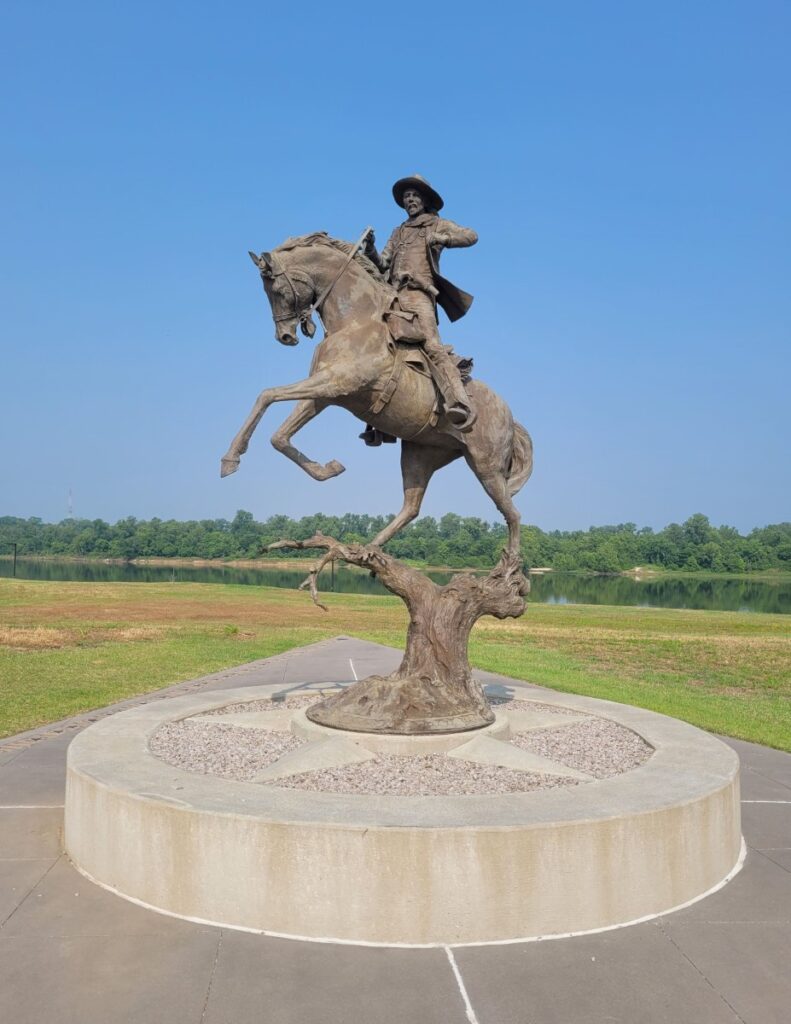
A two and a half hour drive through rolling green hills following the Arkansas River brings us to Fort Smith and another significant chapter in American history – the Western Frontier. Fort Smith was the last outpost of US federal land, on the edge of the frontier with Indian Territory. Fort Smith National Historic Site preserves the history of the Wild West and the legacy of the notorious “hanging judge” Isaac C. Parker, who sentenced 160 people to death. The Site was curated with input from the Oklahoma First Nations and includes a portion of the Trail of Tears taken by five Indian tribes removed from their ancestral lands by government decree and relocated to Oklahoma.
Further exploring this story is the US Marshals Museum, an impressive new building in Fort Smith with a commanding view of the Arkansas River. It tells the story of the US Marshals service from capturing fugitives in Indian Territory during the Frontier days to their modern role as protectors of the Federal judiciary and its processes during times of social unrest.
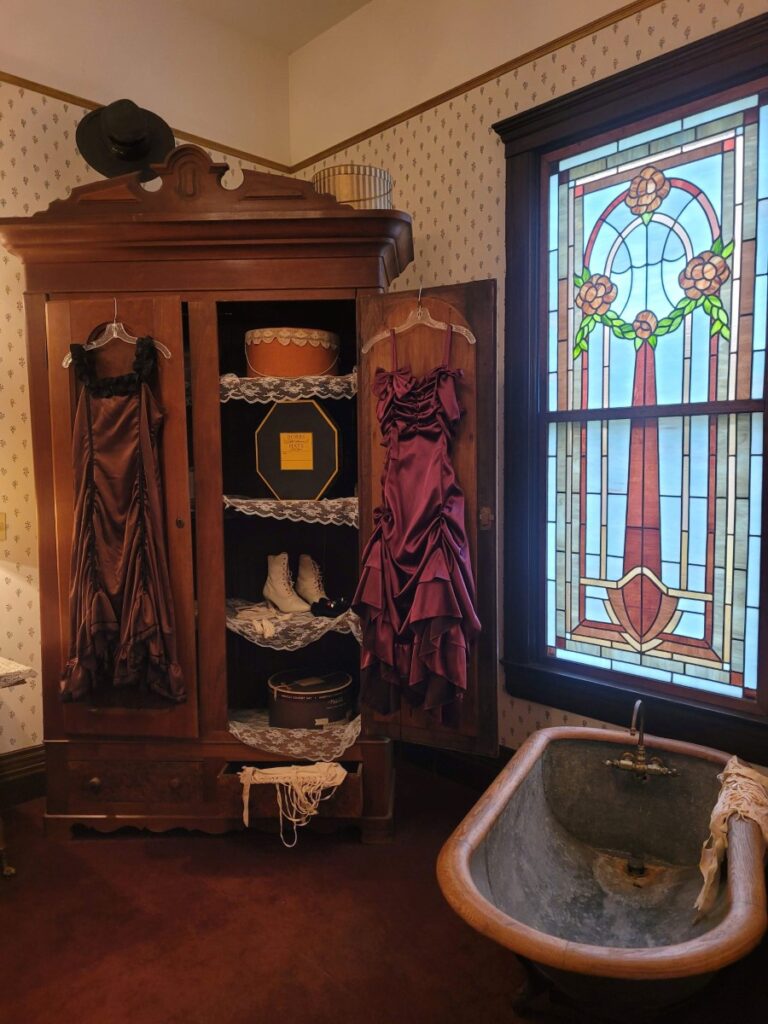
Fort Smith has a handsome historic district enlivened with colourful murals. There’s a compact but well-filled history museum and Elvis fans can visit the barber shop where he received his military buzzcut. The town’s uniquely interesting Visitor Centre is housed in a former bordello, the only house of ill-repute to be listed on the US National Register of Historic Places. In its heyday, Miss Laura’s Social Club was the most exclusive establishment in the row of brothels lining the railway tracks. The Victorian mansion has been restored to its period grandeur and free tours are offered. Another Victorian mansion open to the public is Clayton House, one of many beautifully restored houses in the Belle Grove historical district.
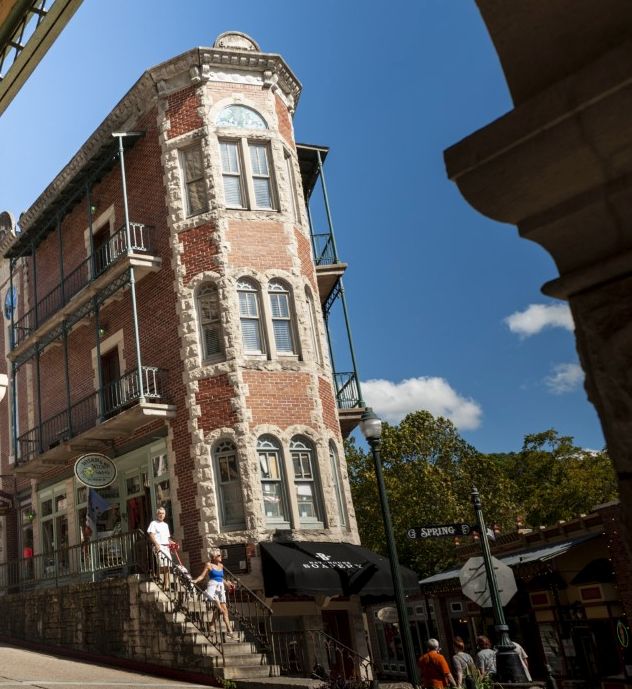
The entire downtown district of Eureka Springs — a resort town in the Ozark Mountains north of Fort Smith — is listed on the National Register of Historic Places. The Ozark Plateau is known for its clear springs, rivers, lakes and spectacular forests. In the late 1800s Eureka Springs was a popular spa destination, due to its healing waters and bracingly fresh air. Its secluded and narrow winding streets are lined with elaborate Victorian gingerbread mansions clinging precariously to rocky bluffs and steep hillsides. Crowning the peak is the massively grand Crescent Hotel, built in 1886 and with the dubious accolade of being America’s Most Haunted Hotel. This is thanks to the macabre activities of a quack doctor with a claim to cure cancer. Patients checked in but didn’t leave and there’s a nasty morgue in the hotel basement that you can visit if such ghoulish things appeal. On the brighter side, views across the Ozark Mountains from the hotel balconies are breathtaking.
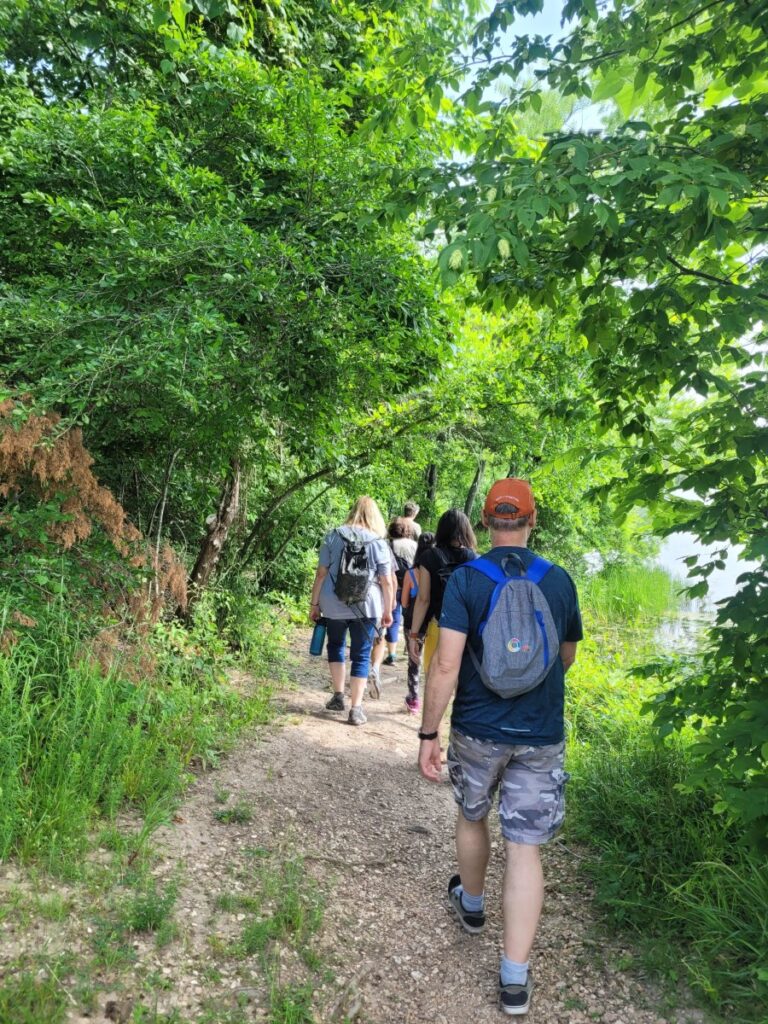
The surrounding landscape is a haven for hikers and mountain bike enthusiasts. Lake Leatherwood Park covers 1610 acres of woodland and spring-fed waters offering home to herons, geese, bald eagles and wild turkey. It offers 25 miles of walking and biking trails that were spangled with summer wildflowers when I visited.
Continuing northwest through more stunning scenery brings us to Bentonville, a thoroughly modern city with a beautifully restored historic core. One of its more famous citizens, Sam Walton, changed the way Americans shop. His retail juggernaut Walmart started out as a five and dime on Bentonville’s main street. That building is home to the Walmart Museum – currently undergoing renovation and expansion. Until it reopens, the Walmart Heritage Lab offers a temporary exhibit of photos and memorabilia dating back to the start of the company.
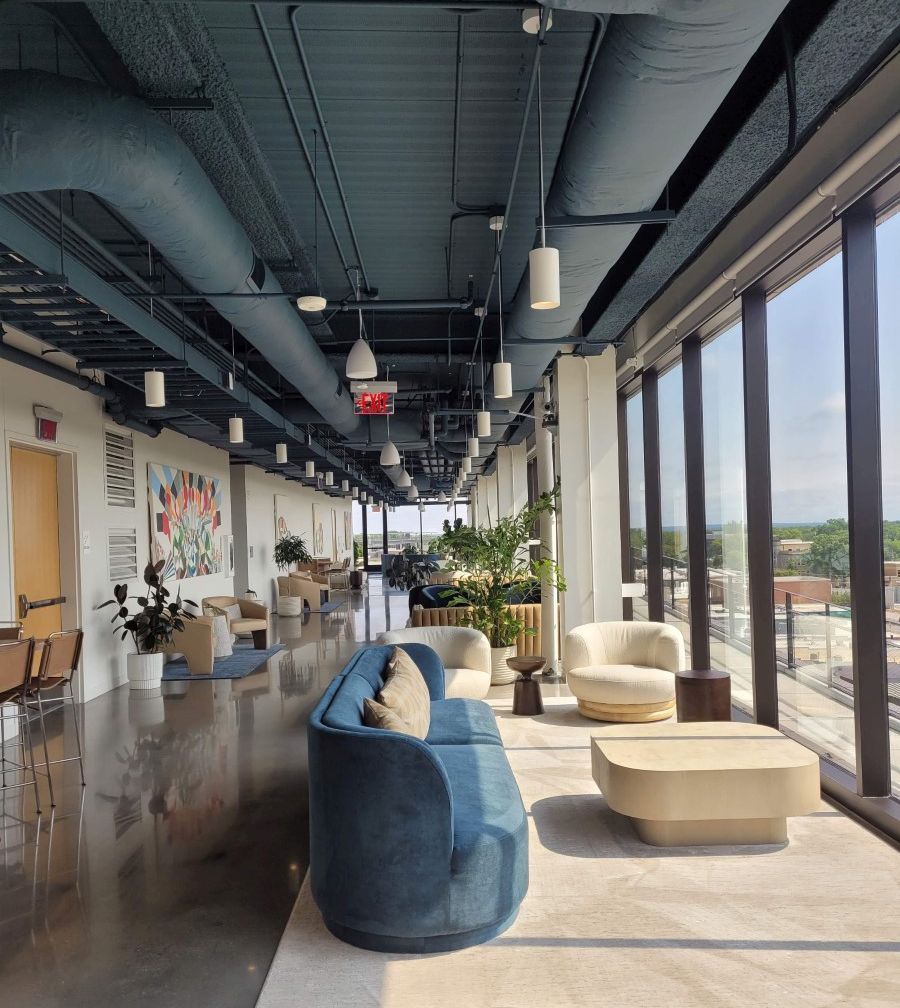
Adjacent to the Lab is Ledger, a six-storey co-working space that’s wrapped around top to bottom by a bike ramp with panoramic views of the city. Bentonville bills itself as The Mountain Biking Capital of the World, with extensive urban bike trails and facilities such as Ledger and the international-standard Coler Mountain Bike Preserve helping to justify the claim.
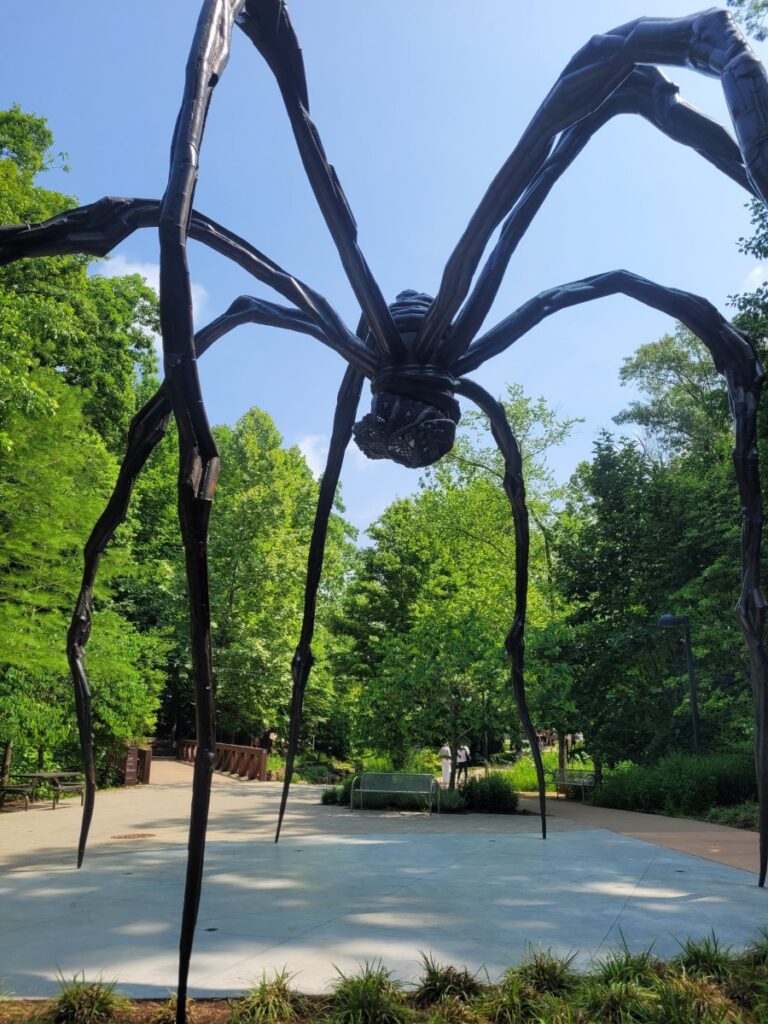
Bentonville is also home to the exquisite Crystal Bridges Museum of American Art, built over a series of clear springs nestled in a dappled glade in the Ozark foothills. Canadian visitors will recognize Maman, the giant bronze spider straddling the entrance pathway — her sibling stands outside The National Gallery of Canada in Ottawa. The Crystal Bridges permanent collection spans five centuries of American art and includes “Kindred Spirits,” one of the most important works of the Hudson River School. Walmart heiress Alice Walton, who founded the Museum, insisted that admission to the Museum be free to all.
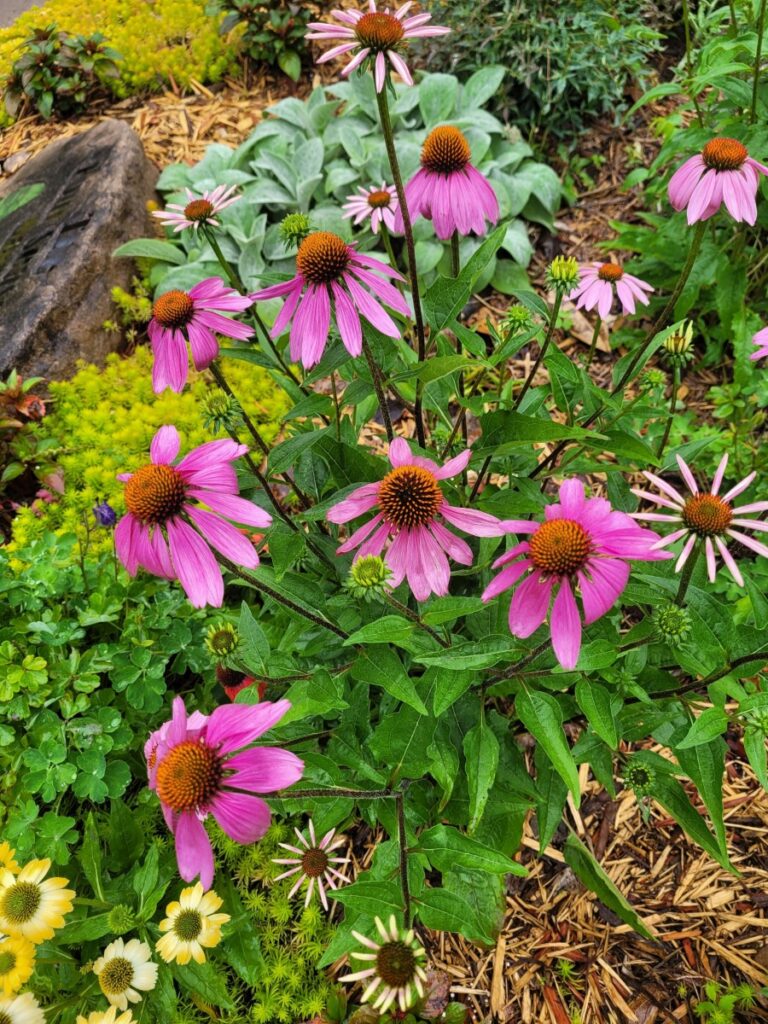
Last stop on our road trip is Fayetteville in the northwest corner of the state, home of the University of Arkansas and consistently ranked as one of the best places to live in the US. It’s a pleasant town with a handsome courthouse and pretty central square that hosts a weekly farmers’ market. Its bucolic Ozark Mountain setting draws rock-climbing and mountain biking enthusiasts and others who appreciate the great outdoors. The artistically landscaped Botanical Garden of the Ozarks on the edge of town gives a beautiful introduction to the region’s flora.
As you’d expect in a college town, there’s plenty to do in Fayetteville after dark when restaurants, bars and music venues light up the Dickson Street entertainment district. Notable spots included George’s Majestic Lounge, the oldest and longest running live music venue in Arkansas, and Maxine’s Taproom, a darkly atmospheric cocktail bar opened by Maxine Miller in 1950.


